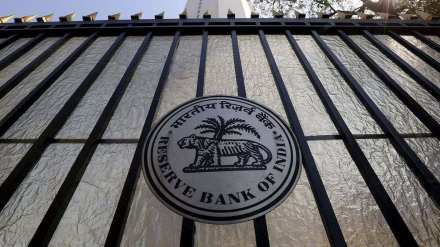Banks are expected to report healthy credit growth in the third quarter of FY24, business updates put out by the lenders reveals. The growth in deposits has gained traction, but it is mainly driven by timely deposits rather than low-cost current account- savings account (CASA) deposits, which may exert pressure on the net interest margins (NIMs).
“Business updates by the lenders indicate a strong credit growth in the banking sector in the third quarter. Most of the large private banks are expected to report credit growth of around 20%, public sector banks are likely to report around 12%, while and small finance banks may report over 25% growth in Q3FY24,” Ajit Kabi, analyst at LKP Securities said.
He added that the third quarter is usually better in terms of retail credit growth because demand for retail loans goes up due to festivals. Growth in wholesale credit is driven by increased capital expenditure by companies and infrastructure spending by the government. Commencing next week, banks will start announcing their earnings, with HDFC Bank set to release its results on January 16.
“Banks are clocking healthy loan growth led by strong retail and MSME (micro small and medium enterprises) credit, as reflected in business updates reported by most of the banks. Retail segment remains resilient with a clear demand trend visible in vehicle, microfinance, mortgage, and unsecured segments,” brokerage firm Sharekhan wrote in a report. “The SME sector is also seeing healthy traction,” it added.
Corporate loan growth has been sluggish so far in the current financial year, but as capex picks up gradually, corporate credit growth is expected to pick up with a lag. Several companies have announced capacity expansion, which will be funded by bank loans. Corporate loan growth will be higher because of higher capital expenditure by the companies.
The provisional number shared by banks show growth in deposits but this growth will impact their profit margins. The intense competition among banks to raise deposit rates to attract depositors has raised cost funds for the banks. The banks are expected to see pressure on their NIMs in the third quarter due to higher cost of funds. Re-pricing of deposit rates upwards is putting pressure on NIMs as most of the repricing on the asset side has already happened, say analysts.
“Banks are expected to report higher cost of funds in the third quarter. There is very little margin for improvement in yields, so NIM compression of 10-15 bps will be seen across the banks,” said Kabi.
Banks will continue to increase unsecured lending despite the increase in risk weights by the RBI as these are high-yielding loans. Bankers are not too concerned about the recent growth in unsecured retail credit because the portfolio is small for the banking system.
“Banks will continue with their unsecured lending even after the RBI has increased risk weights because the yield on unsecured loans are higher than yield on secured loans,” said head of retail banking of a private bank.
The increase in risk weights by the RBI on unsecured loans will not have any major impact on banks.
“All the banks are adequately capitalised and they have more than 17-18% capital adequacy ratio. Impact of risk weights on capital adequacy ratio of banks is expected to be around 80-100 bps,” said the bank official.
Asset quality is expected to remain stable with modest slippages along with higher recoveries and upgrades. Analysts expect banks to report healthy asset quality numbers for the third quarter.
